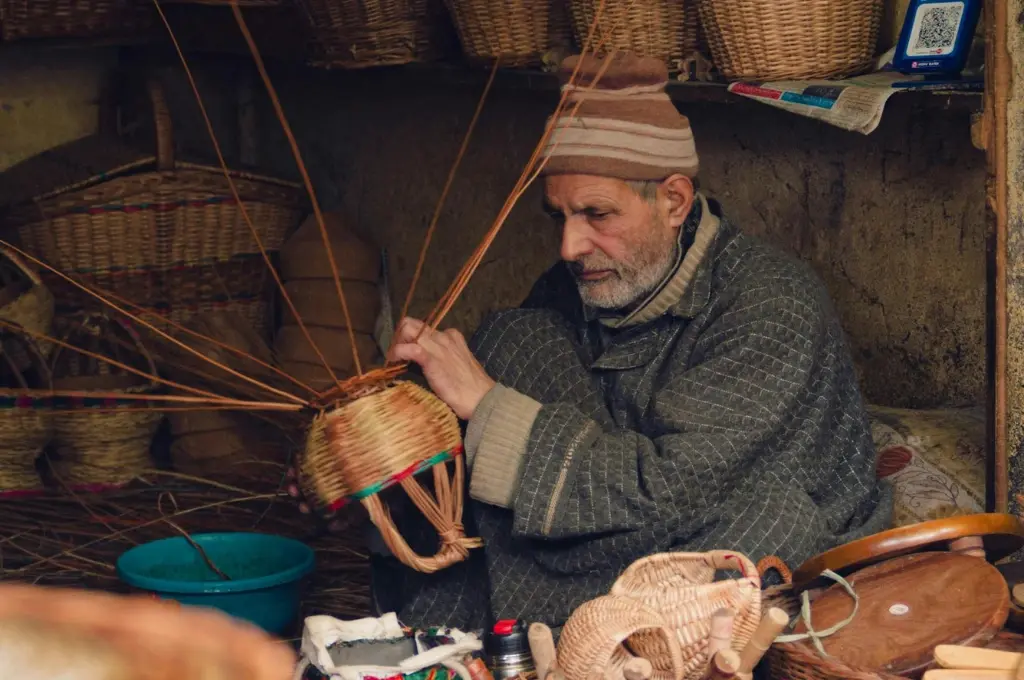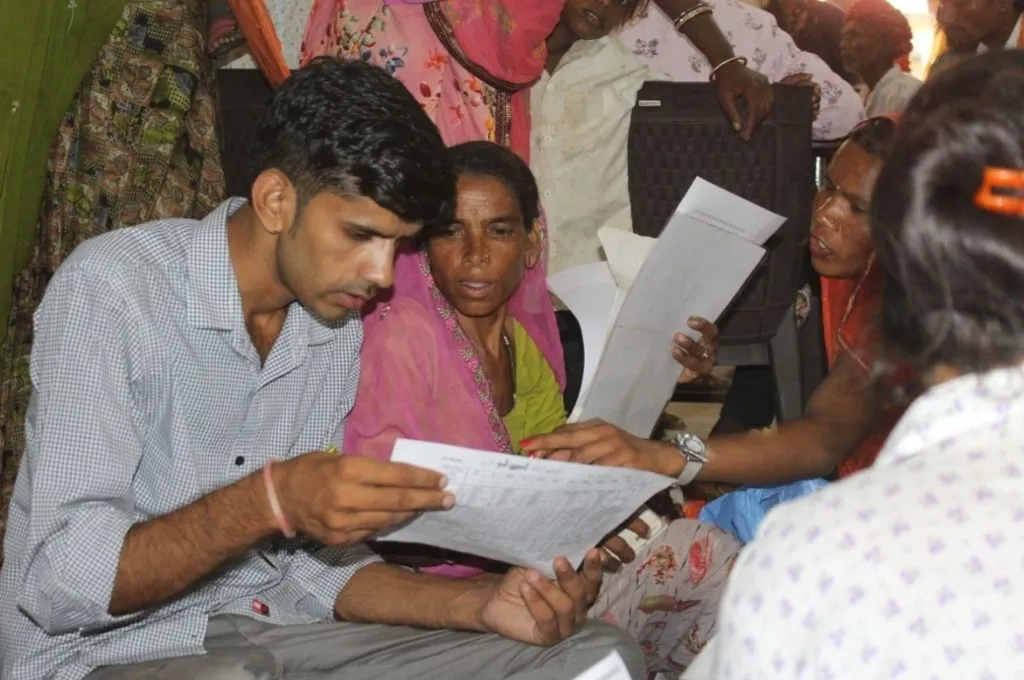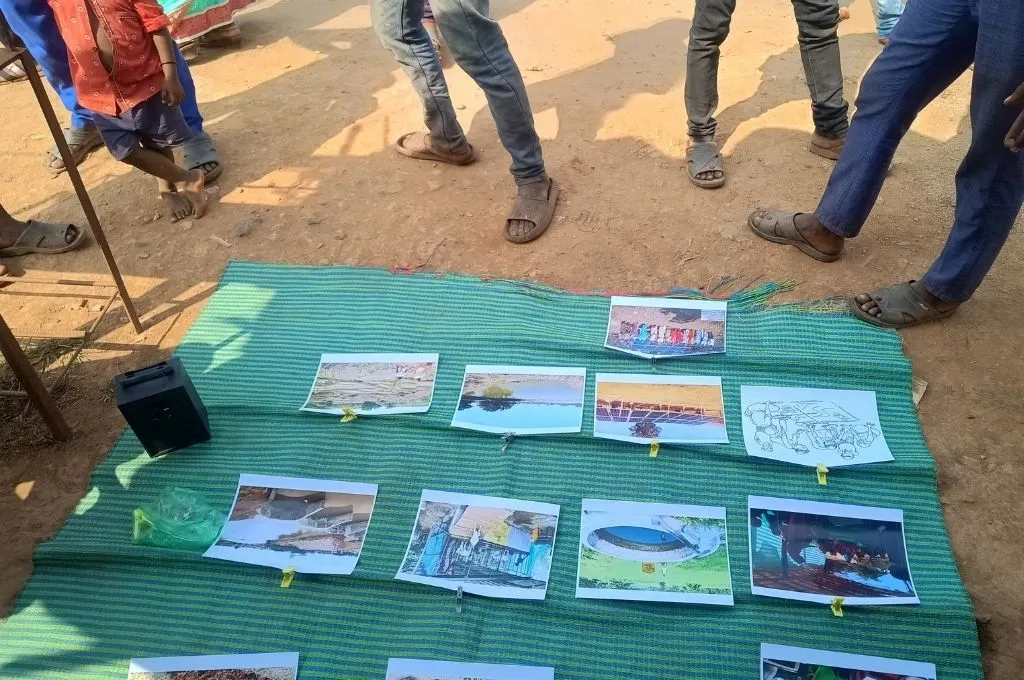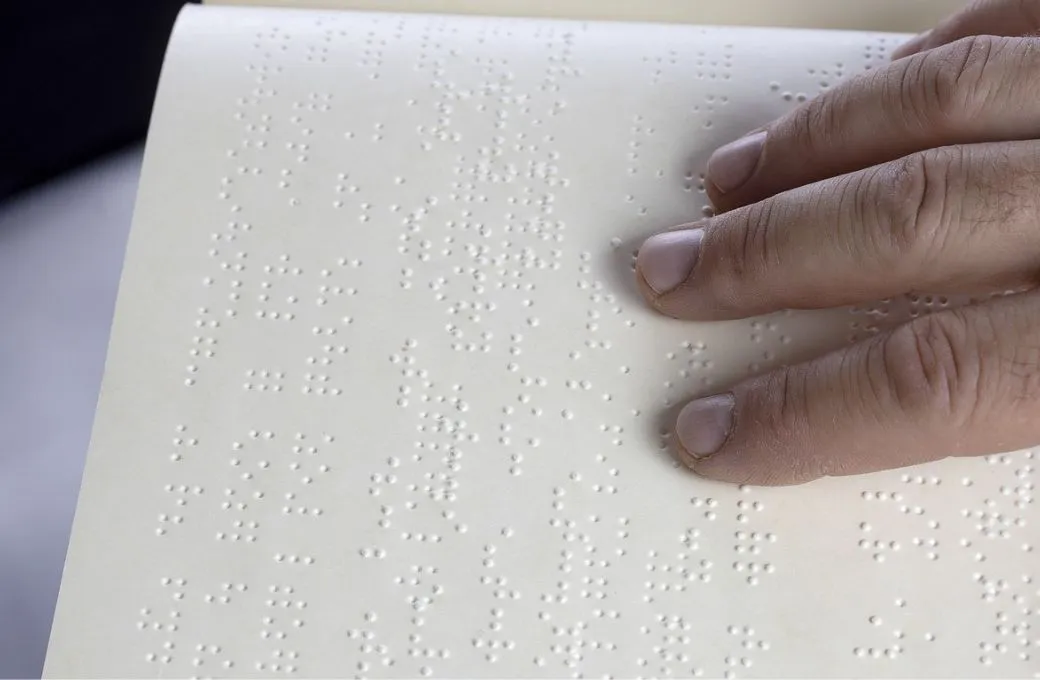Navigating Kokborok and Bengali in Tripura’s classrooms
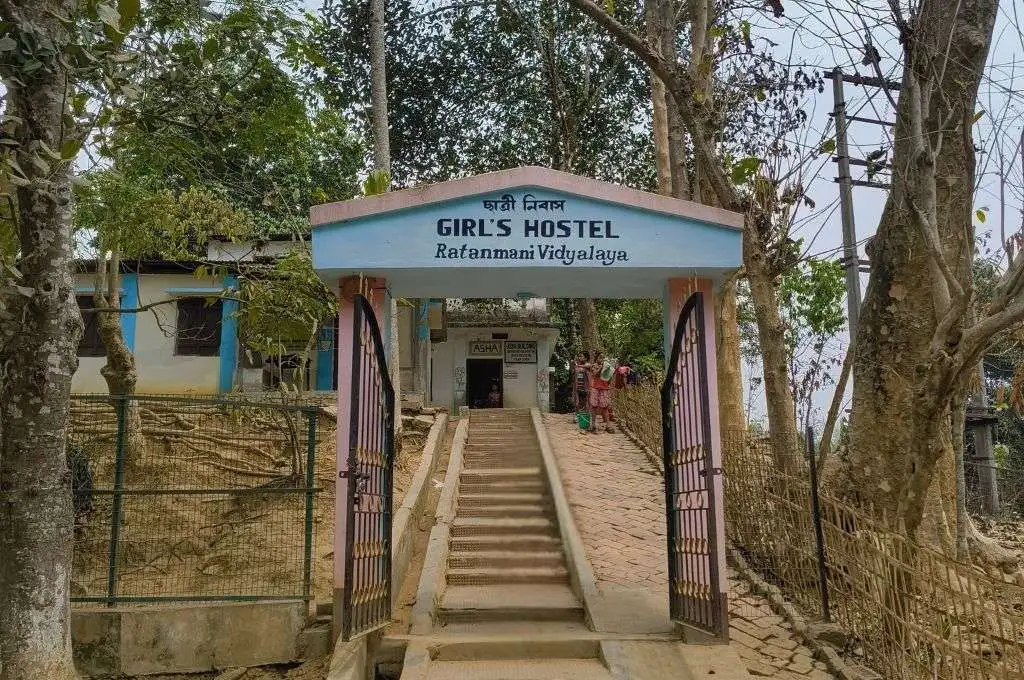
Voluntary Health Association of Tripura (VHAT) was established as a nonprofit in 1988 to address the challenges related to healthcare, education, and livelihoods in Tripura. Over the years, the organisation has worked with the state government to prevent and cure diseases such as malaria and diarrhoea, and to reduce maternal and child mortality. In 1993, following a surge in fever- and diarrhoea-related fatalities in Baishnavpur village, South Tripura district, we started working in the area. But language proved to be a barrier between us and the communities.
We used Kokborok as our medium of communication because it is widely spoken in the tribal areas of Tripura, but it wasn’t enough. Most residents in the area belong to the Chakma, Tripura, and Mog communities, all of which primarily speak Kokborok. However, their native Kokborok is distinct from the version spoken in Agartala. Due to this, we faced several challenges in our work, which led to miscommunication and apprehension from the community.
What helped was when Abhijit, a community leader, translated and sang an awareness song about malaria and diarrhoea in the local language. Understanding our intent, some students in the area stepped forward to help us communicate more effectively with the people.
Our first instinct was to establish health facilities to address the immediate crisis. However, when we conducted a survey with the help of the students to understand what people needed, education was revealed as a more pressing concern for them. Parents wanted their children to receive quality education that would help them progress in the future.
As a result, we established the Ratanmani Vidyalaya, a primary residential school that now has more than 300 students. But the language issue persisted.
We teach the students Bengali and English, as these languages are widely used in the state and open up opportunities. But the languages were new to the children in Baishnavpur. When students enrolled in class 1, we provided them with special coaching in the first six months—focusing on Bengali and English alphabets and basic communication in the two languages—so they could get comfortable with them from the start. Since the state board mandates that children learn two local languages, we also introduced Kokborok. However, including it in the curriculum was a challenge because while we had teachers who were fluent in Bengali, only three were proficient in Kokborok.
Despite these roadblocks, students have been organically learning each other’s languages simply because they live together. Over time, the Bengali-speaking students who joined the school have picked up indigenous languages from their peers. This is contributing to the conservation of local languages in the area, even in the absence of active efforts.
Dr Sreelekha Ray is the president of VHAT.
As told to Anupam Sharma, IDR Northeast Media Fellow 2024–25.
—
Know more: Learn why Tripura’s Vidyajyoti scheme development fees is a burden for parents.
